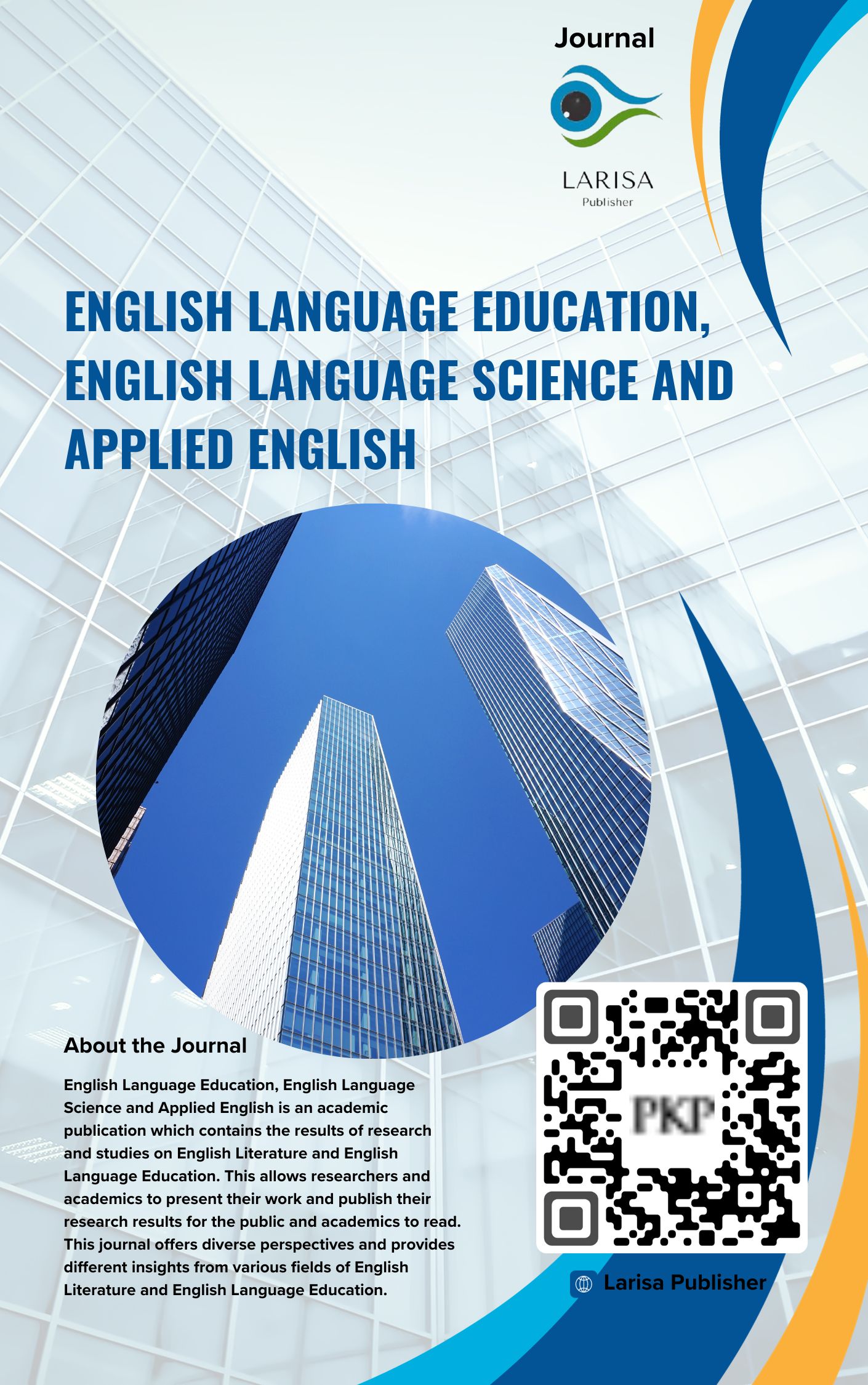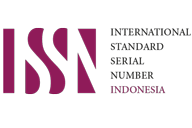Preferensi Pembelajaran Siswa Jarak Jauh di Jepang: Faktor Budaya
Kata Kunci:
Gaya belajar, Pembelajaran jarak jauh, pelajar JepangAbstrak
Pendidikan jarak jauh di Jepang memiliki kerangka sejarah dan legislatif yang berbeda yang membedakannya dari banyak negara Barat. Diskusi dan penelitian telah dilakukan pada perbedaan gaya belajar antara individu Jepang dan Barat, yang dapat dikaitkan dengan perbedaan budaya dan sosial. E-learning merupakan bentuk pembelajaran jarak jauh yang menggunakan internet untuk memberikan instruksi dan memfasilitasi komunikasi antara pengajar dengan peserta didik atau antara peserta didik.. Ini semakin populer di pasar pendidikan tinggi di seluruh dunia, terutama di daerah-daerah di mana bahasa Inggris digunakan. Studi ini bertujuan untuk memberikan gambaran yang luas tentang keadaan pendidikan jarak jauh dan e-learning di Jepang, baik secara historis maupun saat ini. Bab ini juga akan mempelajari preferensi belajar biasa siswa Jepang dan menyelidiki metode dan sumber daya yang tepat untuk mengevaluasi gaya pembelajaran jarak jauh dan e-learning di Jepang. Tujuannya adalah untuk memeriksa bagaimana gaya belajar yang berbeda mempengaruhi kepuasan siswa dengan lingkungan belajar mereka.
Unduhan
Referensi
Al Rajhi, A. (2016). Using multimedia presentations in teaching (Videos, Films) in Oman: A cause study of a primary school. Journal of Teaching and Education, 5(1), 127-136.
C.-H. Jen et al.What is the source of cultural differences?—examining the influence of thinking style on the attribution process Acta Psychol (Amst) (2010).
L.B. Mokkink et al. The COSMIN study reached international consensus on taxonomy,terminology, and definitions of measurement properties for health-related patient-reported outcomes J Clin Epidemiol (2010)
R.M. Santo et al. Enhancing cross cultural adaptation and validation process: linguistic and psychometric testing of the Brazilian–Portuguese version of a self-report measure for dry eye J Clin Epidemiol (2015)
P. Hagell et al. Effects of method of translation of patient-reported health outcome questionnaires: a randomized study of the translation of the Rheumatoid Arthritis Quality of Life (RAQoL) Instrument for Sweden Value Health (2010)
Adler NJ, Graham JL. 2017. Cross-cultural interaction: the international comparison fallacy. In Language in International Business: Developing a Field, JIBS Collections Series, ed. MY Brannen, T Mughan, pp. 33–58. London: Palgrave Macmillan
Adler NJ, Osland JS. 2016. Women leading globally: what we know, thought we knew, and need to know about leadership in the 21st century. Adv. Glob. Leadersh. 9:15–54
Akkermans D, Harzing A-W, van Witteloostuijn A. 2010. Cultural accommodation and language priming. Manag. Int. Rev. 50:559–83
Arman G, Aycan Z. 2013. Host country nationals’ attitudes toward expatriates: development of a measure. Int. J. Hum. Resour. Manag. 24:2927–47
Adam H, Shirako A. 2013. Not all anger is created equal: the impact of the expresser’s culture on the social effects of anger in negotiations. J. Appl. Psychol. 98:785–98
Brannen MY, Thomas DC. 2010. Bicultural individuals in organizations. Int. J. Cross Cult. Manag. 10:5–16
Brookfield Glob. Relocat. Serv. 2016. Global Mobility Trends Survey: Breakthrough to the Future of Global Talent Mobility. Woodridge, IL: Brookfield Glob. Relocat. Serv
Chen CC, Kraemer J, Gathii J. 2011. Understanding locals’ compensation fairness vis-a-vis foreign expatriates: ` the role of perceived equity. Int. J. Hum. Resour. Manag. 22:3582–600
Fischer R. 2009. Where is culture in cross cultural research? Int. J. Cross Cult. Manag. 9:25–49
Gelfand MJ. 2008. Culture and negotiation. In Human Behavior in Military Contexts, ed. JJ Blascovich, pp. 85– 105. Washington, DC: Natl. Acad. Press
Glikson E, Erez M. 2013. Emotion display norms in virtual teams. J. Pers. Psychol. 12:22–32 Greer LL, Homan AC, De Hoogh AHB,
Den Hartog DN. 2012. Tainted visions: the effect of visionary leader behaviors and leader categorization tendencies on the financial performance of ethnically diverse teams. J. Appl. Psychol. 97:203–13
Leung K, Morris MW. 2015. Values, schemas, and norms in the culture-behavior nexus: a situated dynamics framework. J. Int. Bus. Stud. 46:1028–50
Leung K, Wang Z, Hon AHY. 2011. Moderating effects on the compensation gap between locals and expatriates in China: a multi-level analysis. J. Int. Manag. 17:54–67
Lisak A, Erez M. 2015. Leadership emergence in multicultural teams: the power of global characteristics. J. World Bus. 50:3–14
Liu LA, Chua CH, Stahl GK. 2010. Quality of communication experience: definition, measurement, and implications for intercultural negotiations. J. Appl. Psychol. 95:469–87
Mansfield ED,Mutz DC. 2009. Support for free trade: self-interest, sociotropic politics, and out-group anxiety. Int. Organ. 63:425–57
Markus HR, Conner A. 2013. Clash! How to Thrive in a Multicultural World. New York: Hudson Street Press
Meyer KE. 2017. International business in an era of anti-globalization. Multinatl. Bus. Rev. 25:78–90
Piketty T, Saez E. 2014. Inequality in the long run. Science 344:838–43
Rodrik D. 2017. Populism and the economics of globalization. Work. Pap., JFK Sch. Gov., Harvard Univ.
Ronen S, Shenkar O. 2013. Mapping world cultures: cluster formation, sources and implications. J. Int. Bus. Stud. 44:867–97
Stahl GK, Tung RL. 2015. Towards a more balanced treatment of culture in international business studies: the need for positive cross-cultural scholarship. J. Int. Bus. Stud. 46:391–414
Takeuchi R. 2010. A critical review of expatriate adjustment research through a multiple stakeholder view: progress, emerging trends, and prospects. J. Manag. 36:1040–64
Taras V, Gonzalez-Perez MA. 2015. The Palgrave Handbook of Experiential Learning in International Business. New York: Palgrave
Unduhan
Diterbitkan
Terbitan
Bagian
Lisensi

Artikel ini berlisensiCreative Commons Attribution-ShareAlike 4.0 International License.
Lisensi
Lisensi Creative Commons
Jurnal di publikasi oleh English Language Education, English Language Science and Applied English berlisensi Creative Commons Attribution-ShareAlike 4.0 International License
Anda bebas untuk:
Bagikan — menyalin dan mendistribusikan ulang materi dalam media atau format apa pun
Beradaptasi — remix, ubah, dan kembangkan materi untuk tujuan apa pun, bahkan secara komersial
Di bawah ketentuan berikut:
Atribusi — Anda harus memberikan kredit yang sesuai, memberikan tautan ke lisensi, dan menunjukkan jika ada perubahan. Anda dapat melakukannya dengan cara apa pun yang wajar, tetapi tidak dengan cara apa pun yang menunjukkan bahwa pemberi lisensi mendukung Anda atau penggunaan Anda.
Berbagi Serupa — Jika Anda mencampur, mengubah, atau membuat berdasarkan materi, Anda harus mendistribusikan kontribusi Anda di bawah lisensi yang sama seperti aslinya
Tidak ada batasan tambahan — Anda tidak boleh menerapkan ketentuan hukum atau tindakan teknologi yang secara hukum membatasi orang lain untuk melakukan apa pun yang diizinkan oleh lisensi














